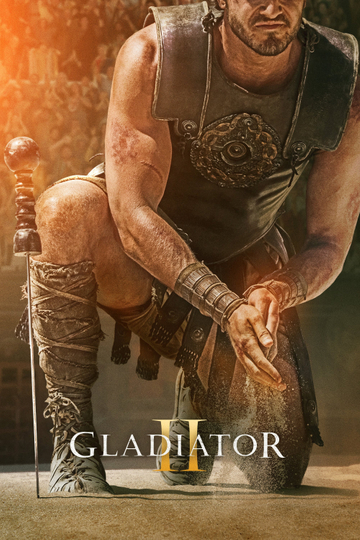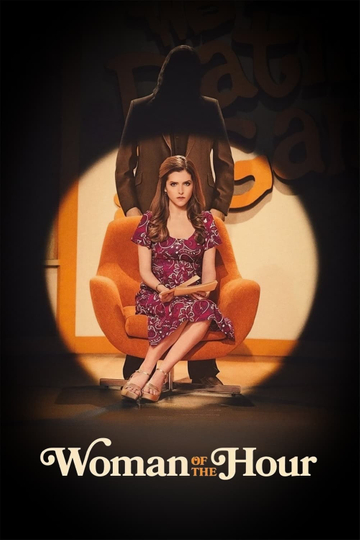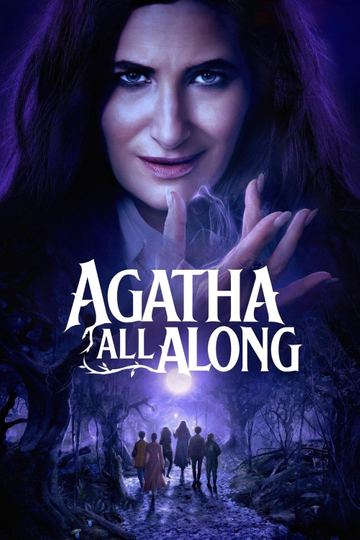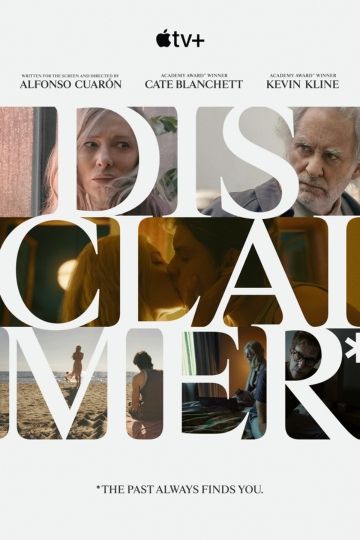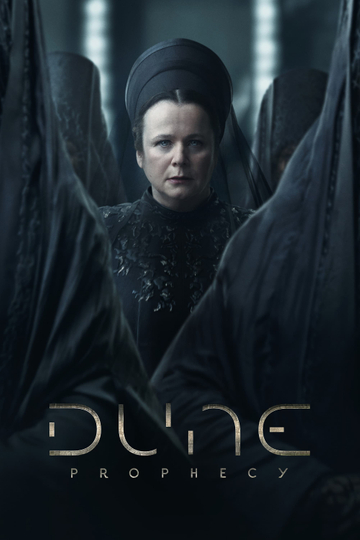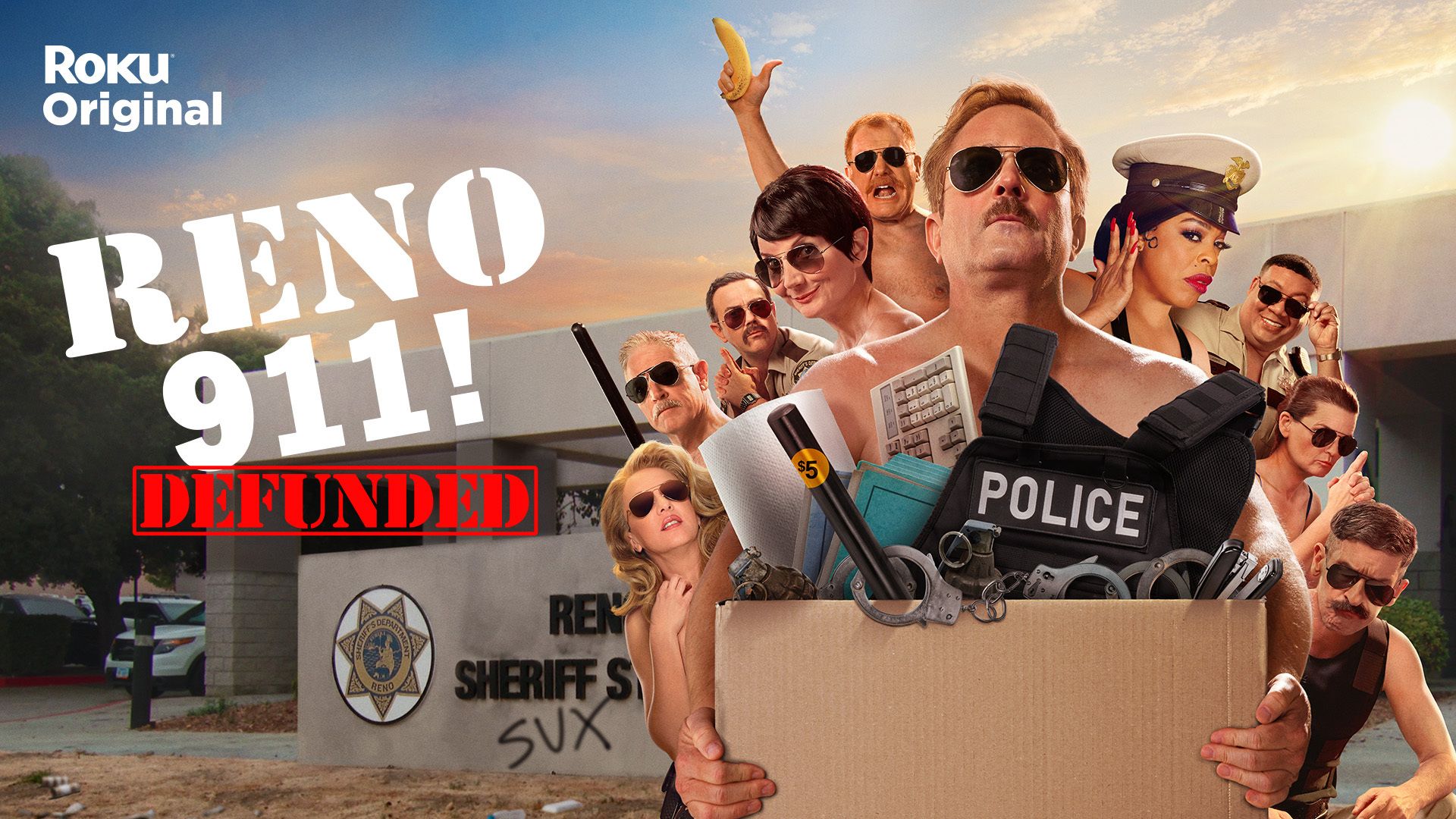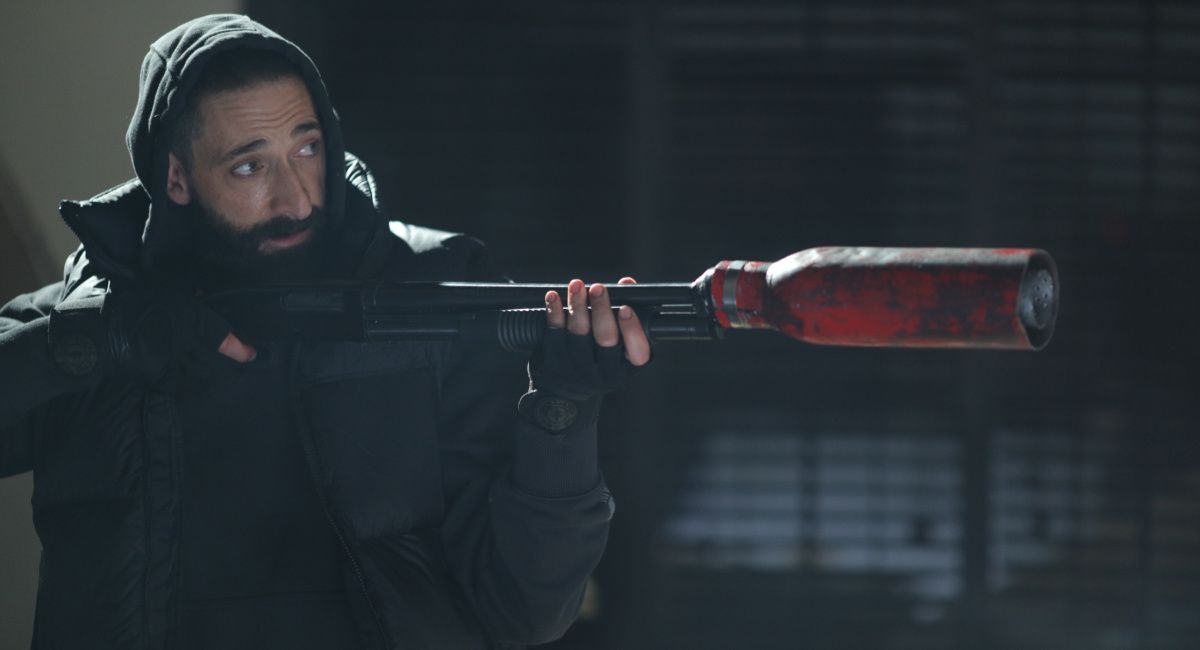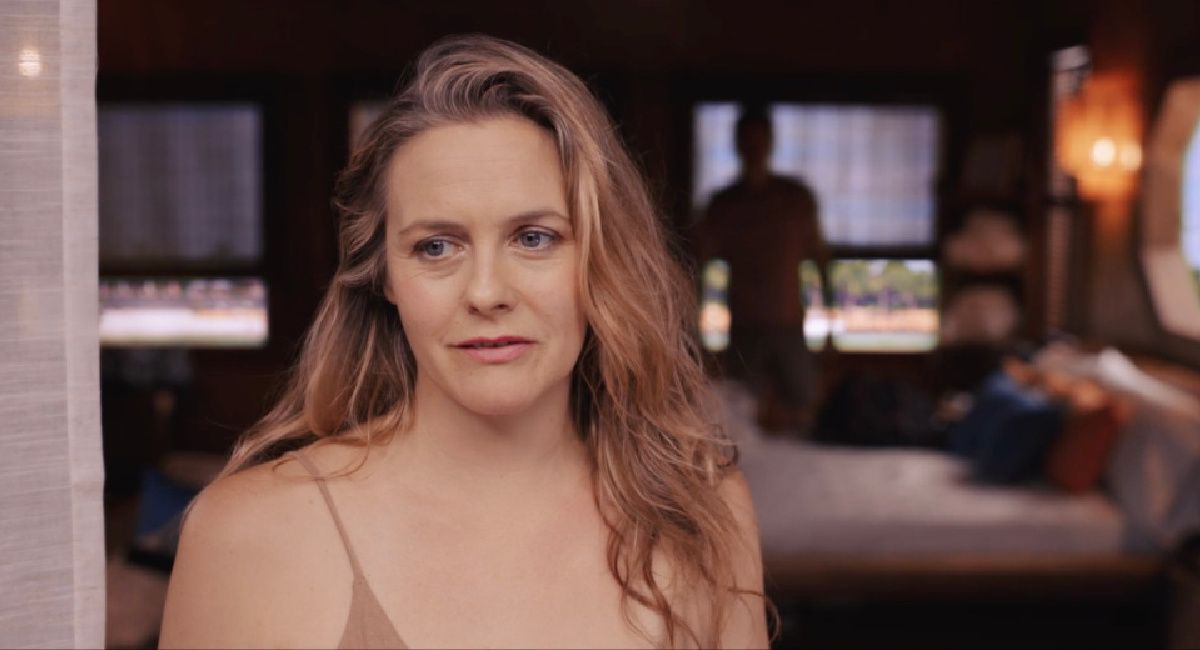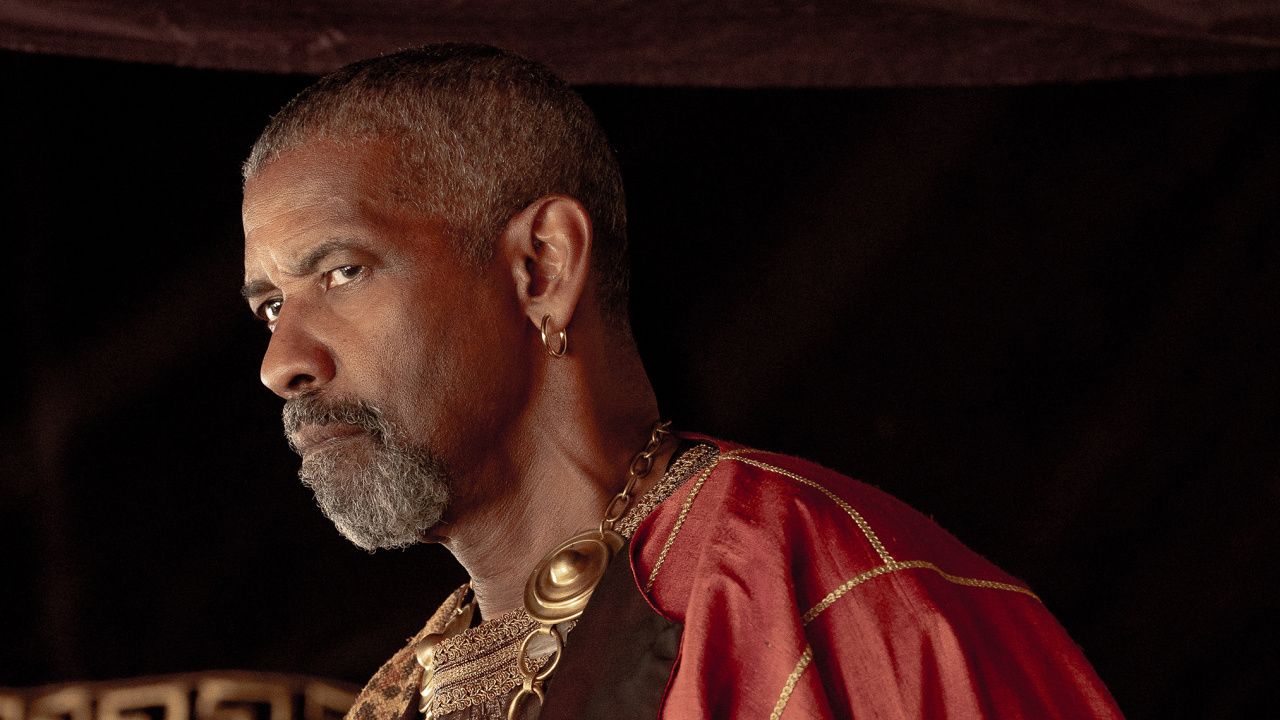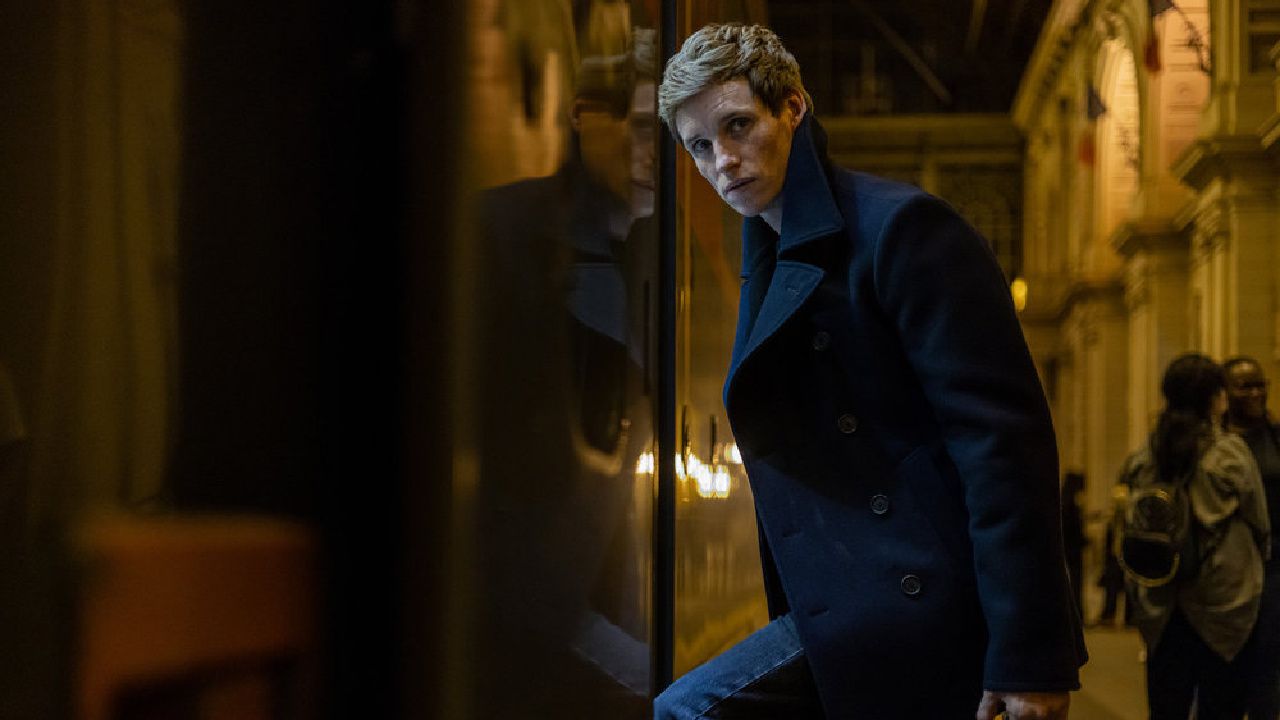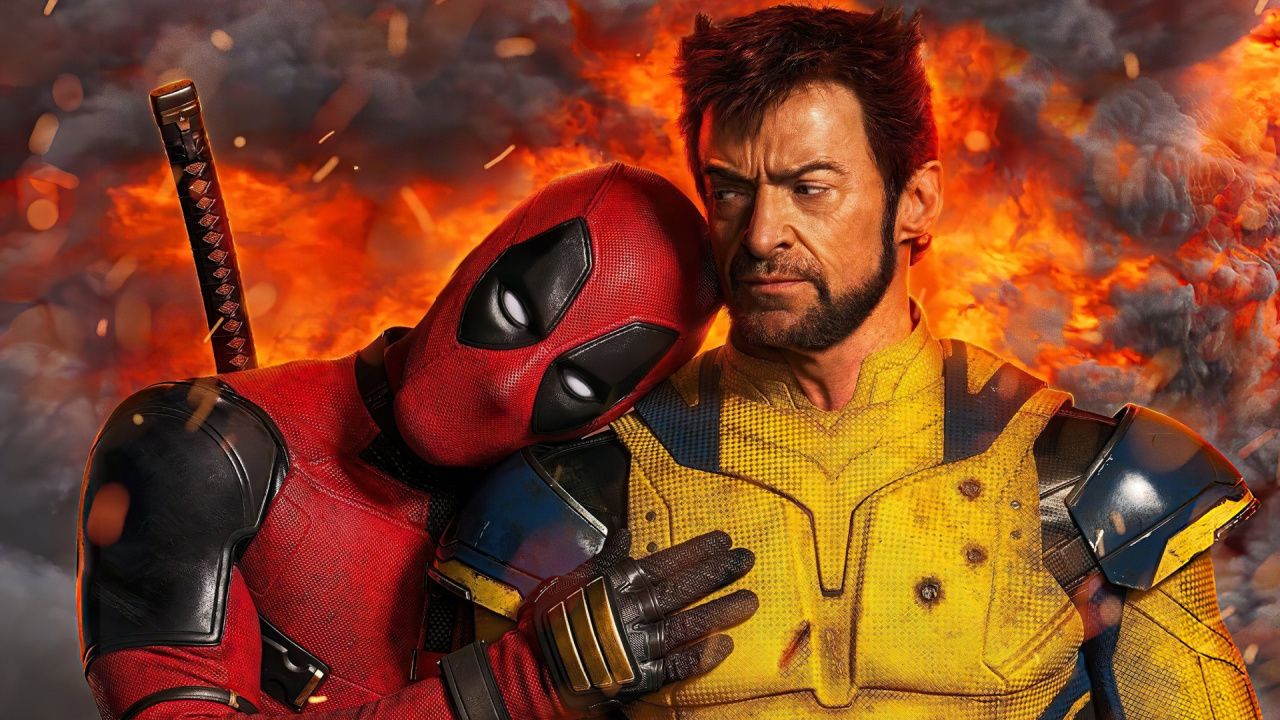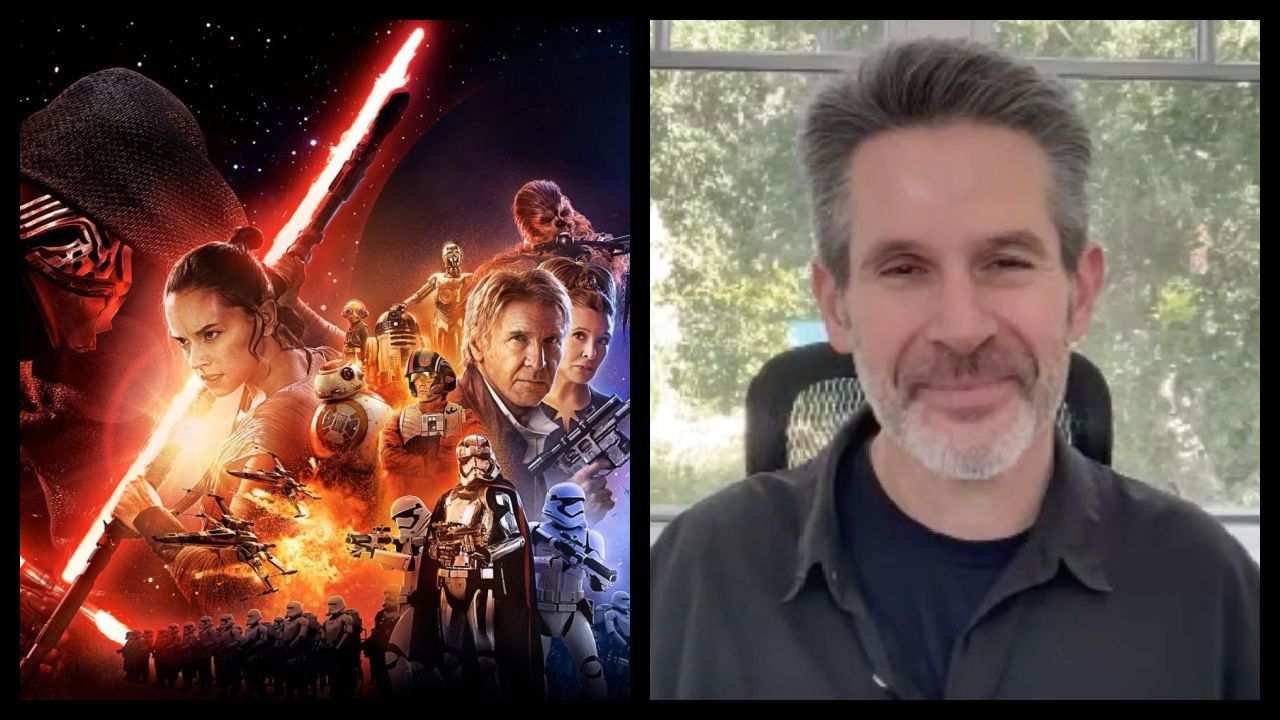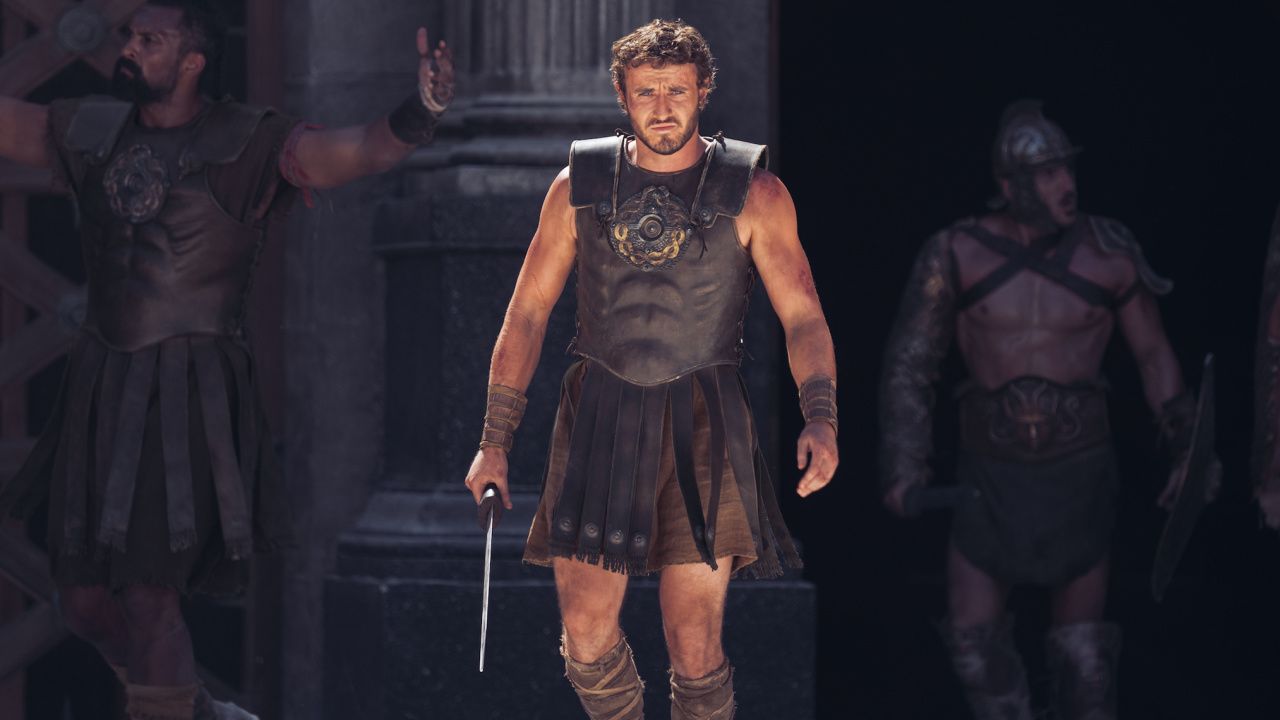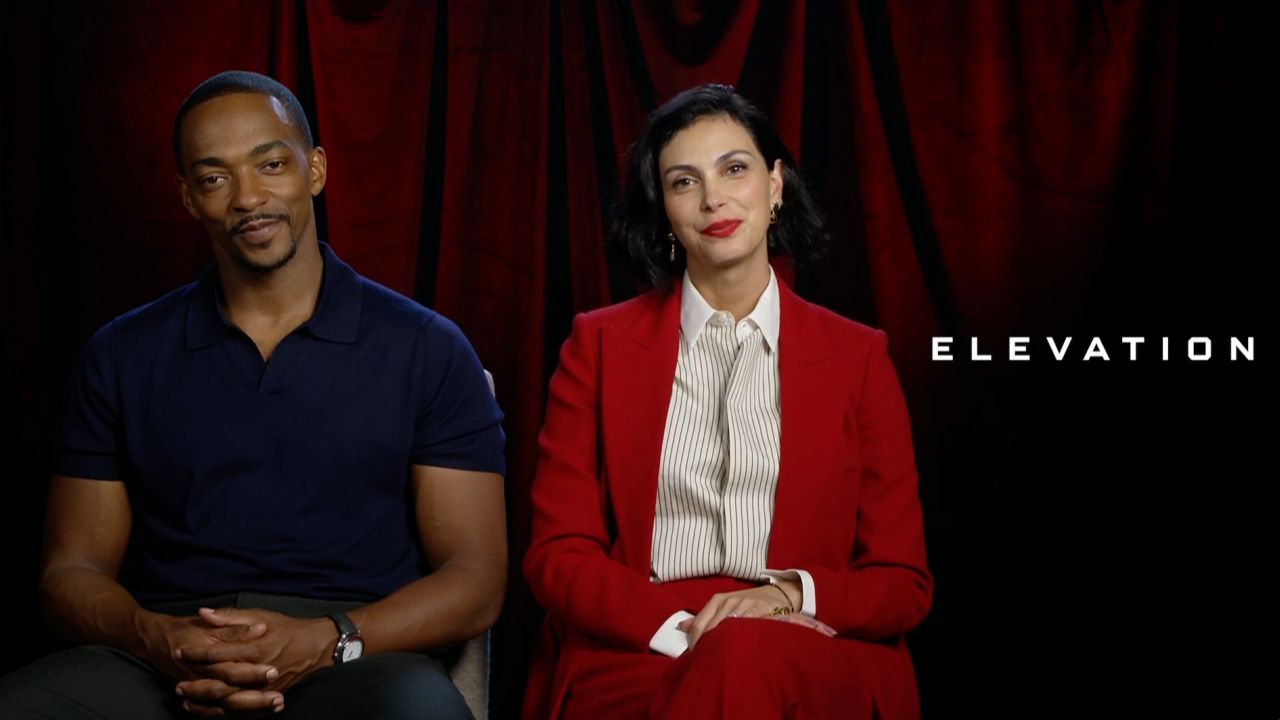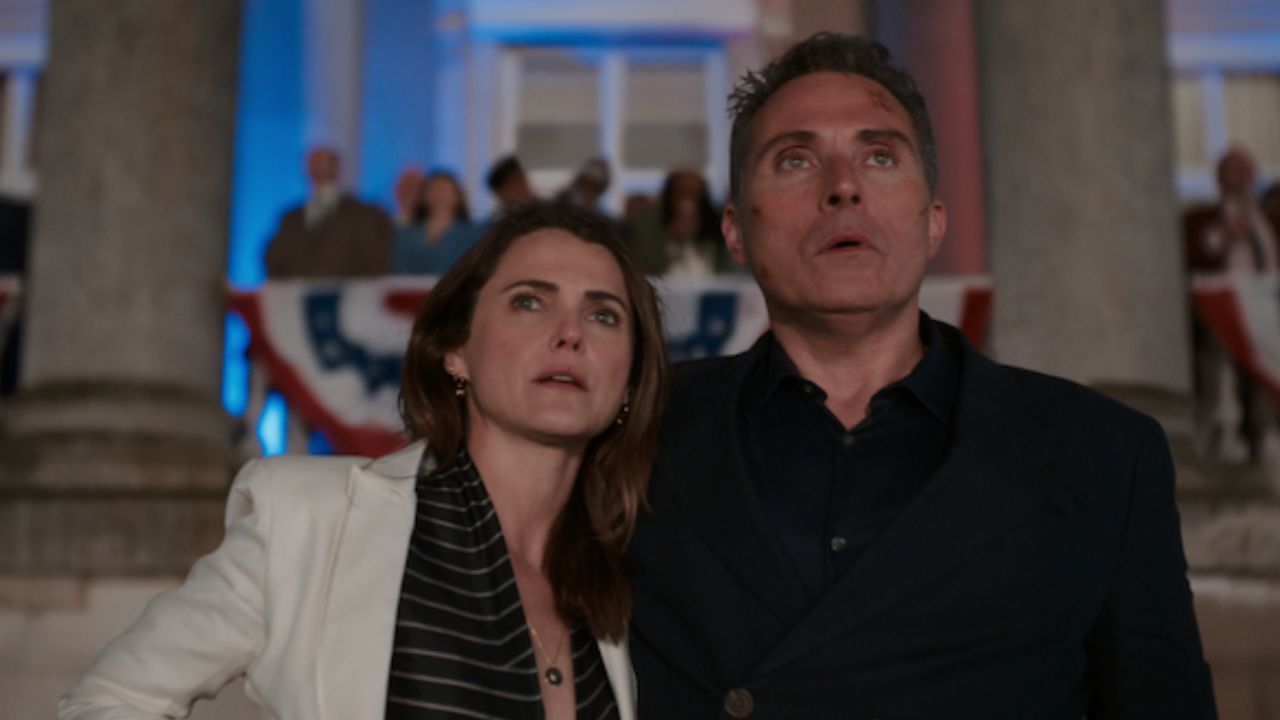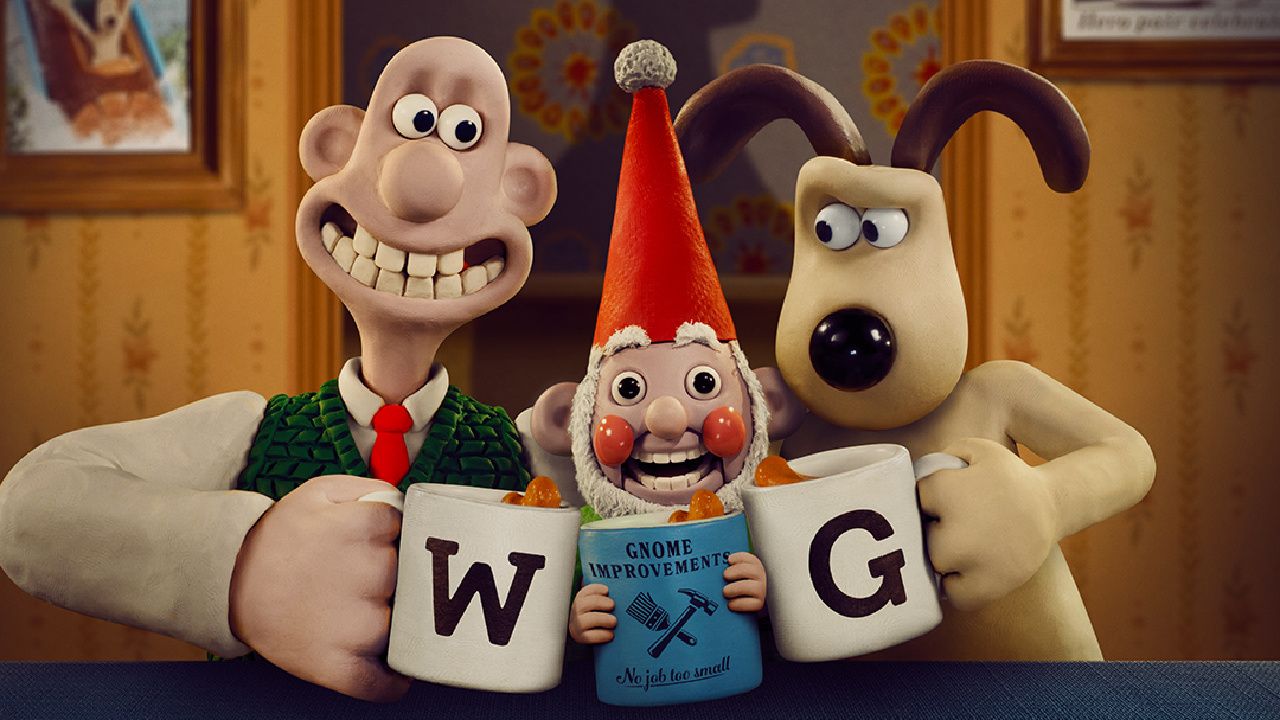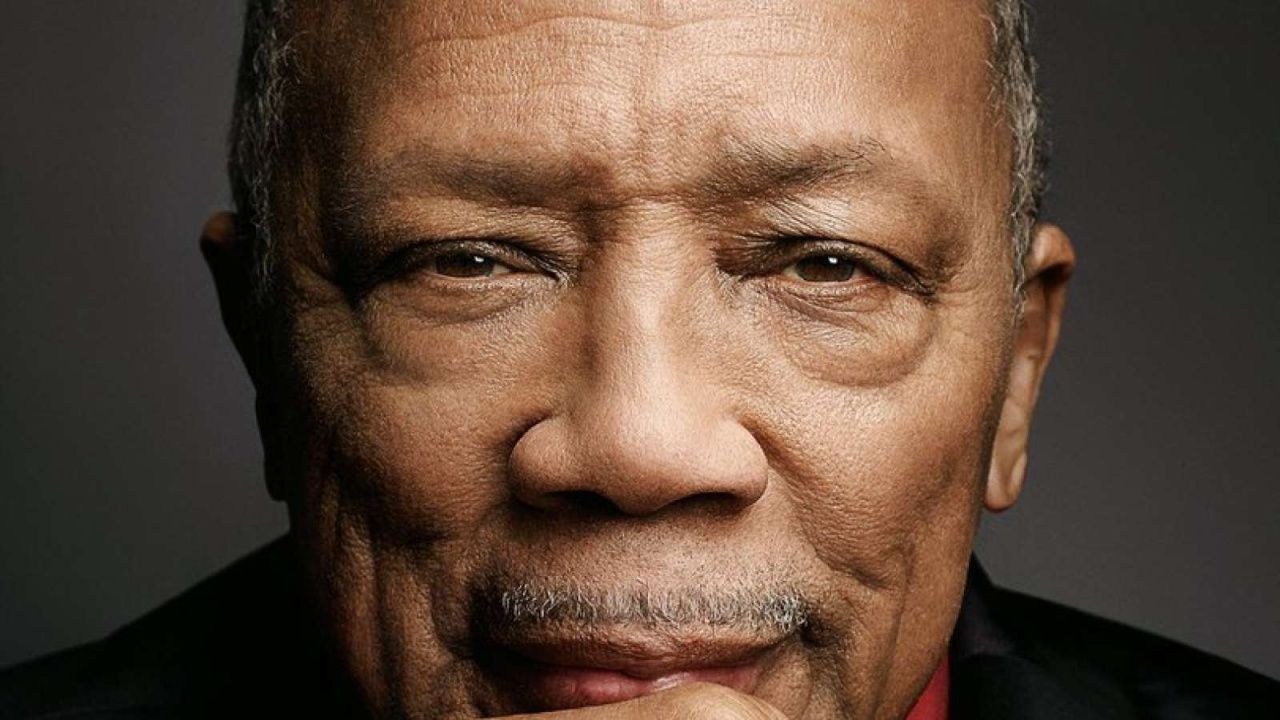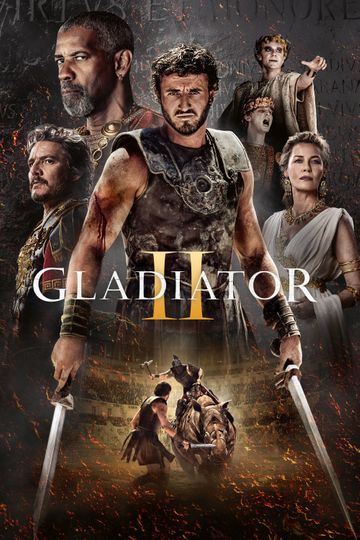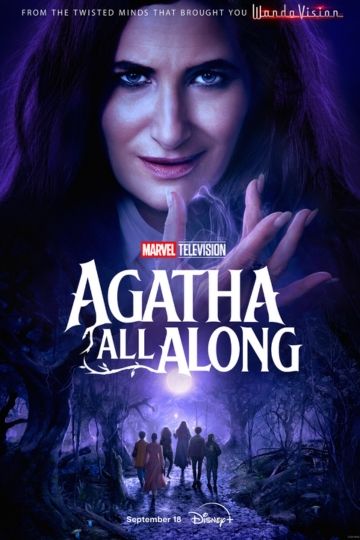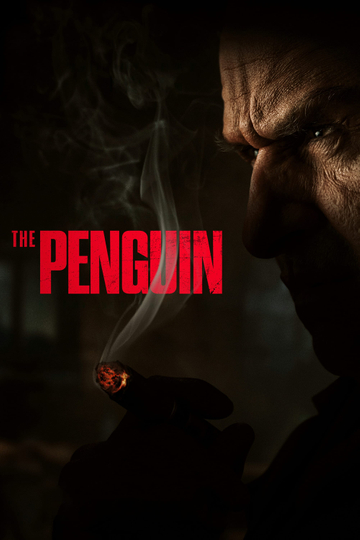'Back to the Future's' Time Machine Was Almost a Refrigerator
Where Michael J. Fox and Christopher Lloyd were going they didn't need roads--because the biggest star of “Back to the Future” was almost a refrigerator, not a DeLorean.
Not quite the sexiest capsule for time traveling, the ice box was first written as the vessel that helps return Marty McFly from the 1950s to his present-day 1985 in the early screenplay drafts of the infectious hit sci-fi flick that spawned two sequels. But the filmmakers eventually hit the brakes on that concept.
“We came up with the idea of the DeLorean simply because it had gullwing doors,” writer and director Robert Zemeckis reveals in “Back in Time”—a documentary on the history and fandom of the “Back to the Future” franchise. It debuts on Wednesday, which marks its 30th anniversary and also coincides on the day he travels to the future in the 1989 sequel: October 21, 2015.
The concept for the time machine—created by eccentric inventor "Doc" Emmett Brown, played by Llyod—was not intended to be mobile, adds “Back to the Future” cowriter and executive producer Bob Gale.
“It was a time ray that shot into a time chamber,” Gale says. “In the climax that took place at a nuclear test site in those early versions, Doc converted a refrigerator and put lead lining in, and Marty was protected from a nuclear blast by being inside of a time chamber made out of a nuclear refrigerator.”
The refrigerator idea was ultimately repurposed for a scene in “Indiana Jones and the Kingdom of the Crystal Skull.”
Adds Zemeckis, “We started thinking about this—if you really were going to build a time machine you would build it in a vehicle because you would have to get around."
Zemeckis, who recently directed Joseph Gordon-Levitt in “The Walk,” says that the DeLorean’s unique, futuristic style—doors hinged at the roof—attracted his attention because the car “looks like a spaceship” when Marty travels to the '50s.
No matter the decade, the car still remains a head turner. In fact, “Back in Time” director Jason Aron expanded the documentary’s scope when he discovered that the DeLorean is as adored as much as the trilogy’s cast. “I shot a short film and people took photos of the DeLorean,” he tells Made in Hollywood in an interview, “and I knew other people were fascinated by ‘Back to the Future’ too. It was that moment that I realized how big it was.”
“Without ‘Back to the Future’ I would never have heard of the DeLorean," he adds. "The movie has prolonged the life of the car.”
The line of two-door coupe sports cars rolled out onto the American market in 1981, manufactured by John DeLorean's DeLorean Motor Company. Only one model, the DMC-12, was ever produced—all of them fitted with fiberglass chassis and underbody structure, brushed stainless steel body, rear-mounted engine and gullwing doors.
At a $25,000 price tag, a bargain it was not. Adjusting for inflation today, it would cost nearly $65,000.
After founder John DeLorean was arrested in 1982 on drug charges (he was later found not guilty), DMC went into bankruptcy. A year later production ceased and approximately 9,000 models were ever made.
Ron Ferguson, president of the DeLorean Owners Association, estimates that 6,500 are still around. “The day after the last (Ford) Pinto came off the line, you don’t see those anymore,” he adds.
And it would’ve gone the way of the Pinto and other automotive flops—forgotten and relegated to generational punch lines—only it didn’t. Three years after failing, the DeLorean’s big screen presence in "Back to the Future" ushered it into a pop culture afterlife.
“The fact that it failed made it a piece of movie history and American history,” says Bill Shea, a “Back to the Future” collector who is featured in the documentary.
Shea has shelled out a fortune to buy up a piece of movie (and American) history. Along with his son Patrick, the self-described “Back to the Future fanatic” owns three vehicles used in the franchise, including a time traveling DeLorean that appeared in “Back to the Future 3,” and two Toyota pickup trucks driven by Marty from the film’s two sequels.
It’s believed that a total of seven DeLoreans were used to film the trilogy. “Three of them still exist,” says Patrick. “One is in Universal Studios Florida and the other is at Universal Studios Hollywood.”
As for the only DeLorean from the film that isn't held by the studio, it belongs to Patrick. Calling it a “good investment,” he was the winning bidder of the car at an auction. It set him back $528,000.
“Back in Time” director Aron says “the cost of the fandom has gone up,” adding that $25,000 is considered “a good deal” for purchasing a DeLorean nowadays. That price tag doesn’t include the cost to customize the car into a “time machine” like many fans have done to near-identical detail.
On a barebones budget, "time machine" materials “cost about $525,” Aron says. He estimates that sending a car off to a “time machine builder”—a specialist who makes over DeLoreans to look like the car seen in the film—could cost as much as $60,000.
Achieving the DeLorean time machine’s striking look wasn’t so easy for “Back to the Future’s” filmmakers to get right on the first try.
When production began on the first movie, three DeLoreans were ordered and customized by artists Andrew Probert and Ron Cobb to resemble what they believed a time traveling car should look like. Initially, Probert’s version was considered too sophisticated and producers wanted it to look more homemade—like it was manufactured in Doc Brown’s garage from parts bought at an electronics store, producer Gale said in a previous DVD commentary.
WATCH: What 'Back to the Future II' Got Right
After Probert exited the project, Cobb stepped in and added vents and a nuclear reactor before moving on, too.
So, to complete a believably cutting edge look, producers turned to the creator of David Hasselhoff’s high-tech ride featured in TV’s “Knight Rider,” which was still on the air at the time.
“When I came on board they had a lot of the car begun,” says Michael Scheffe, who became “Back to the Future’s” construction coordinator and led the car to its completion. “They got as far as making the time circuits on the side.”
Scheffe says it was his objective to maintain a sense of realism in the design that was “just as much for the guys in the shop as in the art department.”
What was brought to fruition echoes one of the lines Doc Brown said to Marty McFly when he introduced the car: “If you’re going to build a time machine into a car, why not do it with some style?”
Of course, if Universal execs had their way, Gale says, the time traveling car of choice would have looked drastically different. “Universal put us in touch with a product placement company and their job was to find partners whose products we could put in the movie in exchange for cash,” he recalls.
During a meeting, the executives made him a lucrative offer. “They said, ‘Bob, if you change the DeLorean to a Ford Mustang you’ll get $40,000.’”
His response? “I looked him straight in the eye and said, ‘Doc Brown doesn’t drive a f***ing Mustang.’”
"Back in Time" is available for digital download on Oct. 21. Click here for more information.
https://vimeo.com/ondemand/backintime/141215561

